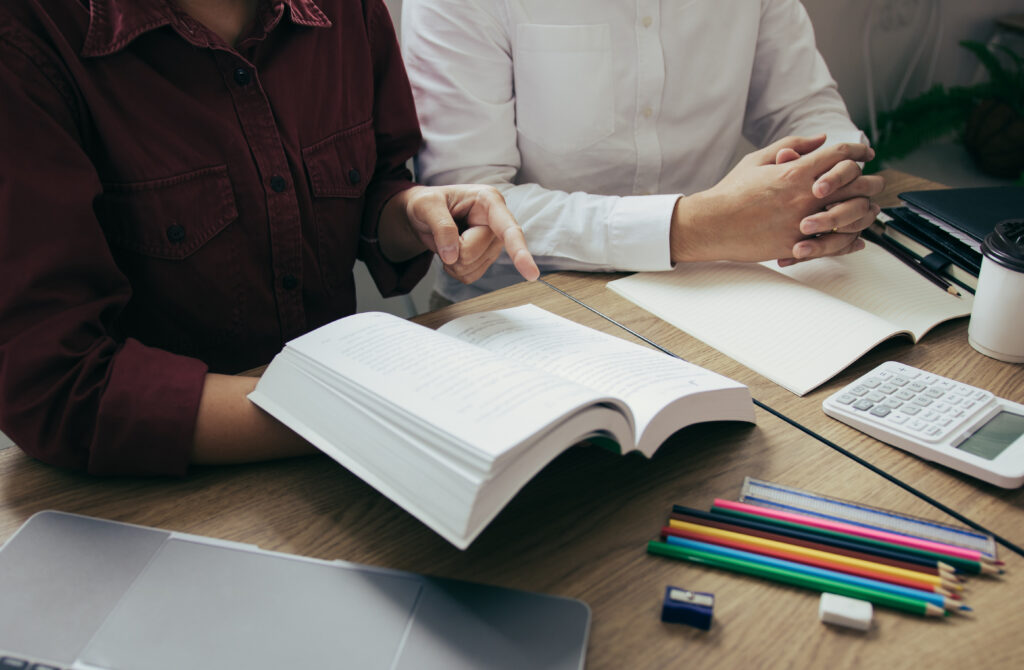In any workplace, prioritising health and safety is not just a legal obligation but a moral imperative. A safe and healthy work environment not only protects employees from harm but also helps engagement and the overall well-being of all team members and visitors.
As a responsible employer, it is essential to establish robust health and safety protocols to safeguard your workforce, which brings us to this article.
Let’s explore the key principles and strategies for ensuring a safe and healthy workplace.
Understanding Health and Safety Regulations
Before diving into specific measures, it is crucial to understand the regulatory landscape governing workplace health and safety in the UK.
By staying informed about these regulations and guidelines, employers can ensure compliance and create safer working environments for their employees. Here is a brief overview of the key regulatory bodies and guidelines.
Health and Safety Executive (HSE)
The Health and Safety Executive is the primary regulatory body responsible for enforcing health and safety laws in most workplaces. HSE provides guidance and resources to help employers understand their legal obligations and ensure the safety and well-being of their employees.
Regulations and Guidance
The UK has a comprehensive set of regulations and guidelines aimed at protecting workers from various hazards in the workplace.
These include Health and Safety at Work etc. Act 1974, which sets out the legal framework for health and safety in the UK, as well as regulations such as the Management of Health and
Safety at Work Regulations 1999 and the Control of Substances Hazardous to Health (COSHH) Regulations 2002.
International Standards
In addition to national regulations, the UK also adheres to international standards and guidelines developed by organisations such as the International Labour Organisation (ILO) and the World Health Organisation (WHO). These standards provide a global framework for promoting workplace health and safety and may influence UK regulations and practices.
Developing a Health and Safety Policy
At the top of any effective health and safety programme is a comprehensive policy that outlines the organisation’s commitment to protecting its employees. A strong health and safety policy should include the following elements:
- Leadership Commitment: Communicate the organisation’s commitment to health and safety from top management down to frontline employees.
- Risk Assessment: Identify potential hazards in the workplace through regular risk assessments and take proactive measures to mitigate these risks.
- Training and Education: Provide employees with the necessary training and resources to recognise hazards and follow proper safety procedures.
- Emergency Response Plan: Develop a plan for responding to emergencies such as fires, natural disasters, or medical emergencies.
- Continuous Improvement: Regularly review and update the health and safety policy to reflect changes in regulations, technology, and work processes.
Implementing Safety Protocols
Once a health and safety policy is in place, it is essential to implement specific protocols to address common workplace hazards. Some key areas to focus on include:
Personal Protective Equipment (PPE)
Provide employees with appropriate PPE, such as gloves, safety glasses, helmets, and respiratory protection, depending on the nature of their work.
Safe Work Practices
Establish guidelines for safe work practices, including proper lifting techniques, equipment operation procedures, and chemical handling protocols.
Hazard Communication
Ensure that employees are aware of potential hazards in the workplace and understand how to safely handle hazardous materials.
Health Promotion
Promote employee health and wellness through initiatives such as smoking cessation programmes, stress management workshops, and access to fitness facilities.
Encouraging Employee Engagement
Effective health and safety programmes rely on active participation and engagement from all employees. Encourage workers to take ownership of their safety and the safety of their colleagues by:
- Encouraging Reporting: Create a culture where employees feel comfortable reporting hazards, near misses, and safety concerns without fear of retaliation.
- Involving Employees in Decision-Making: Consult with employees when developing health and safety policies, conducting risk assessments, and implementing safety initiatives.
- Providing Recognition: Acknowledge and reward employees who demonstrate a commitment to health and safety through their actions and attitudes.
- Training and Empowerment: Provide opportunities for employees to receive additional training and certifications related to health and safety, empowering them to take on leadership roles in safety committees or as safety ambassadors.
Monitoring and Evaluation
Continuous monitoring and evaluation play a pivotal role in guaranteeing the efficacy of health and safety programmes. This involves tracking incident rates, including workplace injuries and illnesses, and measuring misses, to pinpoint trends and areas necessitating improvement.
Regular compliance audits are conducted to verify adherence to both health and safety regulations and internal policies.
Requesting feedback from employees through surveys, focus groups, or safety committees is crucial to measuring perceptions of workplace safety and identifying potential areas for improvement.
Benchmarking against industry standards and best practices enables organisations to identify opportunities for excellence in health and safety performance.
Compliance Chain’s Project Management Solution offers transparent KPIs for monitoring Health, Safety, and Environment throughout your project lifecycle. Key indicators include:
- Number of HSE inspections.
- Presence of COSHH risk assessment
- Reporting of near misses
The compliance chain platform also allows suppliers to upload certifications in relation to health and safety qualifications, so our users will always know if suppliers are compliant through the CC platform.
Compliance Chain Can Assist You
Prioritising health and safety in the workplace and implementing robust health and safety protocols, organisations can protect their most valuable asset – their employees – and create a culture of safety that fosters productivity, engagement, and well-being.
So, if you follow the guidelines outlined in this comprehensive guide, you can create a safer, healthier workplace. Remember, when it comes to health and safety, there is no room for compromise.
Incorporating the Compliance Chain platform into your business operations can revolutionise your approach to health and safety. With Compliance Chain’s extensive range of tools and resources, businesses can streamline compliance processes, enhance accountability, and mitigate risks more effectively.
With features tailored to the specific needs of the industry, Compliance Chain empowers organisations to proactively address health and safety challenges, ensuring regulatory compliance and fostering a culture of safety.
Embrace Compliance Chain today and not only protect your employees but also contribute to the overall improvement of health and safety standards in the workplace. Together, we can create safer and healthier work environments for everyone.

With over 6 years in the construction industry (specifically compliance within construction), Luke is responsible for managing and overseeing the functionality of Compliance Chain’s Supplier Solution.



